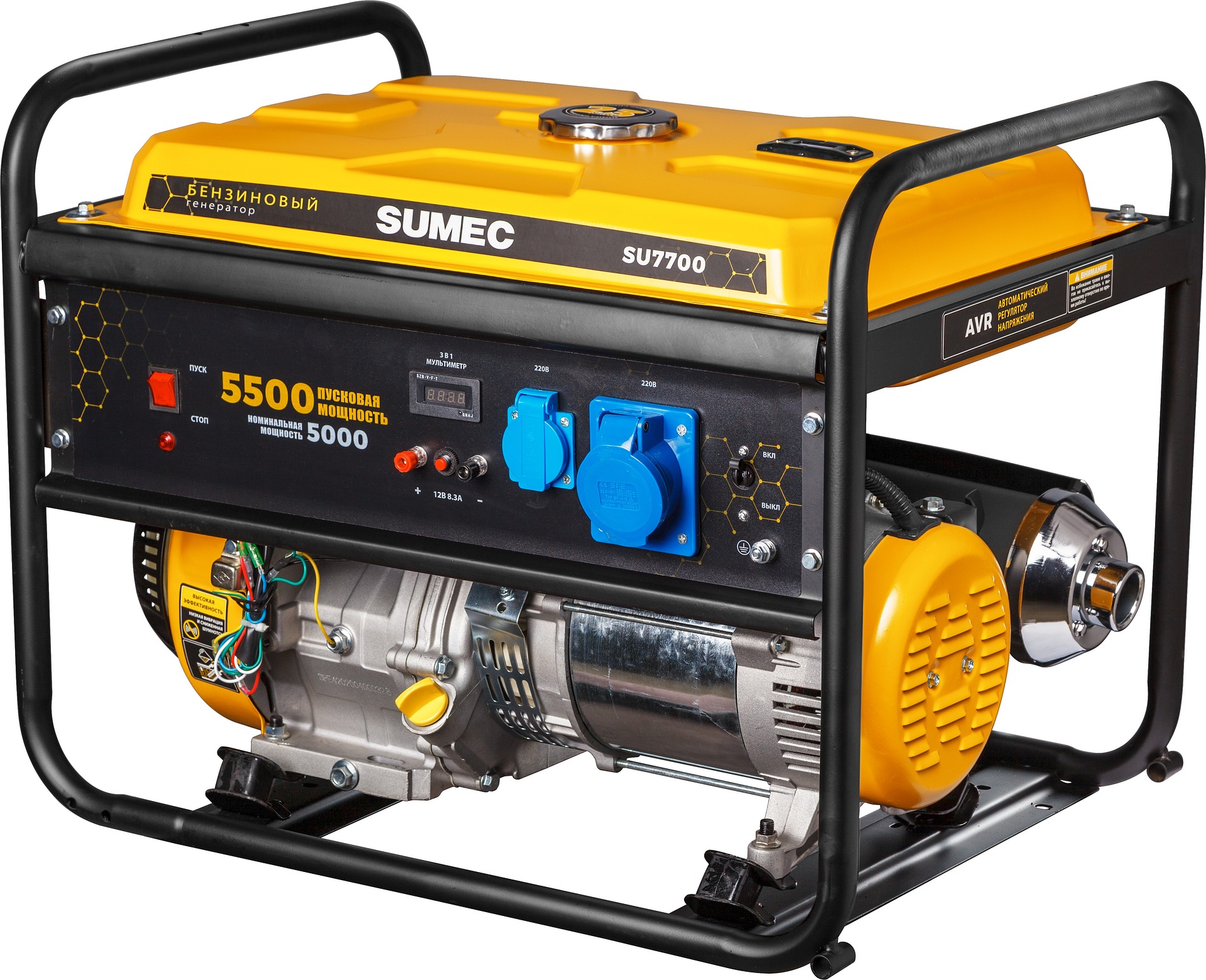Power Generators: Reliable Energy for Every Need
Businesses rely on consistent electricity to prevent costly downtime. Modern generators are engineered for dependability, combining durable construction with fuel efficiency and extended service life. This combination ensures stability while helping organizations manage operating costs effectively.

Key Advantages of Power Generators for Business and Home Use
Power generators offer numerous benefits across different applications. For businesses, generators prevent costly downtime during outages, with studies showing that power interruptions cost companies thousands of pounds per hour depending on the industry. Critical operations like data centers, healthcare facilities, and manufacturing plants rely on generators to maintain uninterrupted service. For homeowners, generators protect food from spoiling during extended outages, allow continued use of medical equipment, maintain heating or cooling systems, and provide security lighting.
Standby generators offer automatic power transition within seconds of an outage, while portable models provide flexibility for various applications including construction sites, outdoor events, and emergency home backup. The ability to maintain power continuity has become increasingly valuable as our dependence on electronic devices and systems grows in both professional and personal contexts.
Fuel Efficiency and Durability as Defining Features
Modern power generators have made significant strides in fuel efficiency compared to older models. Today’s generators can operate for longer periods on less fuel, with advanced models featuring automatic throttling that adjusts engine speed based on power demand. This technology can reduce fuel consumption by up to 40% during partial loads, resulting in significant cost savings during extended use.
Durability remains equally important, with commercial-grade generators typically designed for 10,000-30,000 hours of operation before requiring major service. Key durability features include robust engine construction, weatherproof enclosures for outdoor units, vibration isolation systems, and corrosion-resistant components. Many manufacturers now offer extended warranties of five years or more on premium models, reflecting confidence in their longevity. Regular maintenance, including oil changes, filter replacements, and fuel system checks, can substantially extend a generator’s operational lifespan.
The Role of Safety and Smart Controls in Reliable Energy Delivery
Safety features have evolved significantly in modern generators, addressing concerns about carbon monoxide exposure, electrical hazards, and fire risks. Many newer models incorporate automatic shutdown systems that detect dangerous carbon monoxide levels, overheating, or low oil conditions. Ground fault circuit interrupters (GFCIs) help prevent electrical shock, while thermal protection systems monitor operating temperatures.
Smart controls have revolutionized generator management, allowing users to monitor performance remotely via smartphone applications. These systems provide real-time data on fuel levels, power output, maintenance requirements, and operational status. For businesses, integration with building management systems enables seamless power transitions and load distribution. Smart generators can also perform self-diagnostic tests, schedule maintenance alerts, and provide performance optimization recommendations, significantly reducing the risk of unexpected failures during critical situations.
How Generators Adapt to Different Conditions and Workloads
Modern generators feature sophisticated load management capabilities that adjust to changing power demands. This adaptive technology allows generators to handle varying workloads efficiently, from powering sensitive electronics to managing high-current appliances. Inverter generators produce “clean” power with stable sine waves suitable for computers and medical equipment, while traditional generators may be better suited for robust applications like heating systems and power tools.
Environmental adaptability has also improved, with many generators designed to operate in extreme temperatures ranging from -20°C to 50°C. High-altitude compensation features automatically adjust fuel-air mixtures to maintain performance at elevations up to 3,000 meters. Weather-resistant enclosures protect against rain, snow, and debris, while cold-weather starting systems ensure reliability during winter emergencies. Some models incorporate sound-dampening technology that reduces noise levels to as low as 50-60 decibels—comparable to normal conversation—making them suitable for residential areas with noise restrictions.
Generator Types and Their Applications
Different generator types serve specific purposes based on power requirements and usage patterns. Portable generators typically range from 1,000 to 10,000 watts and cost between £300 and £2,000, making them suitable for occasional use or smaller power needs. Standby generators, permanently installed and connected to fuel sources, offer 7,000 to 150,000 watts and range from £2,000 to £20,000 including installation, providing comprehensive backup for homes and businesses.
| Generator Type | Power Output | Typical Applications | Cost Range (£) |
|---|---|---|---|
| Portable Inverter | 1,000-4,000W | Camping, small electronics, limited home backup | 300-1,500 |
| Conventional Portable | 3,000-10,000W | Construction sites, home emergency backup | 400-2,000 |
| Home Standby | 7,000-25,000W | Whole-house backup for medium-sized homes | 2,000-10,000 |
| Commercial Standby | 25,000-150,000W | Business operations, industrial applications | 8,000-20,000+ |
| Industrial | 100,000W+ | Hospitals, data centers, manufacturing | 15,000-100,000+ |
Prices, rates, or cost estimates mentioned in this article are based on the latest available information but may change over time. Independent research is advised before making financial decisions.
Conclusion
Power generators deliver reliable energy solutions across diverse applications, from ensuring business continuity to providing home security during outages. Their evolution has emphasized improved fuel efficiency, enhanced durability, advanced safety features, and intelligent controls that adapt to various conditions and requirements. As power infrastructure challenges continue and weather-related disruptions increase, generators remain essential components of comprehensive energy resilience strategies for both commercial and residential settings.




